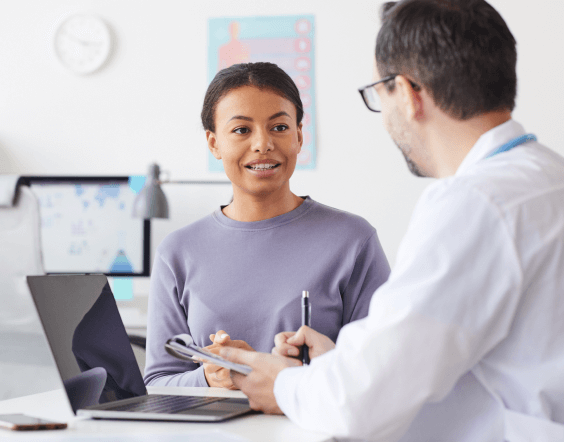We all can play a role in preventing Substance Use Disorder.
Evidence-Based Prevention can dramatically reduce rates of Substance Use Disorder. Prevention programs have been found to significantly reduce use of substances, some by over 50%.

Prevention practices proven to work
SAMHSA’s Center for Substance Abuse Prevention (CSAP) aims to develop comprehensive systems through providing national leadership in the development of policies, programs, and services to prevent the onset of substance misuse. Their Evidence-Based Practices Resource Center works to provide communities, clinicians, policymakers, and others in the field with the information they need to incorporate evidence-based practices in their communities for prevention, treatment, and recovery services.